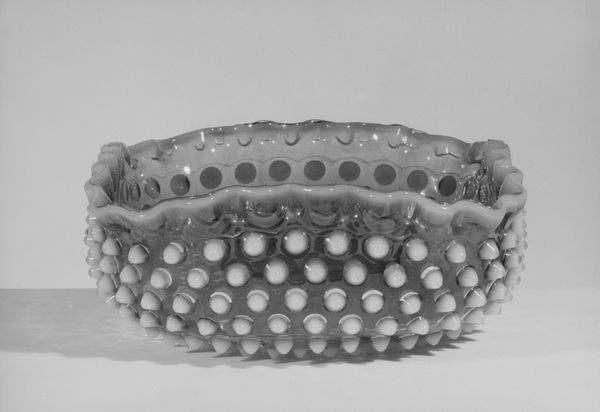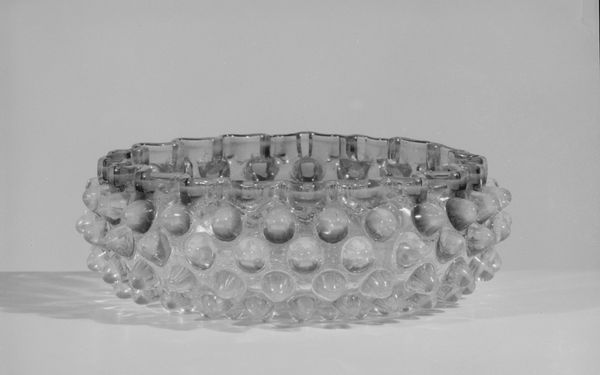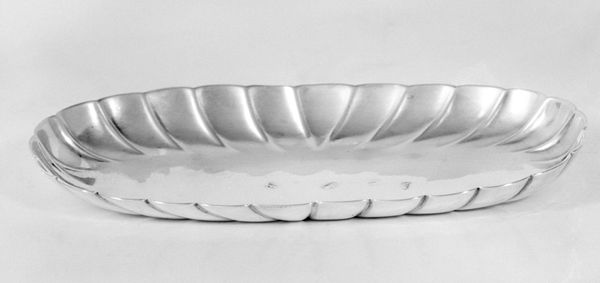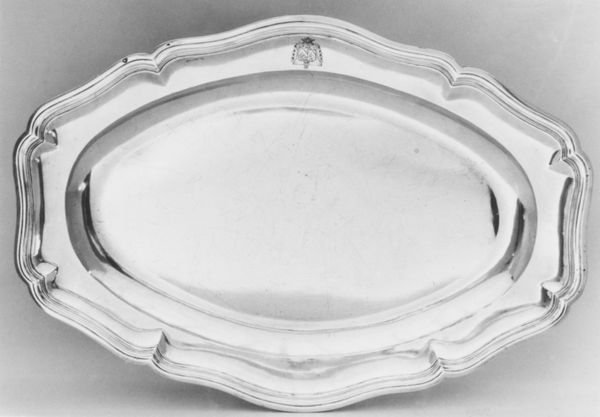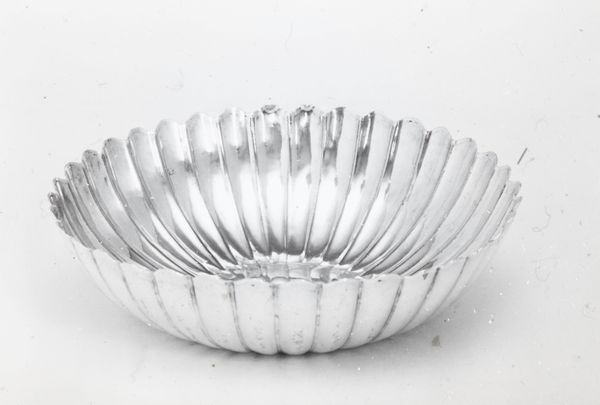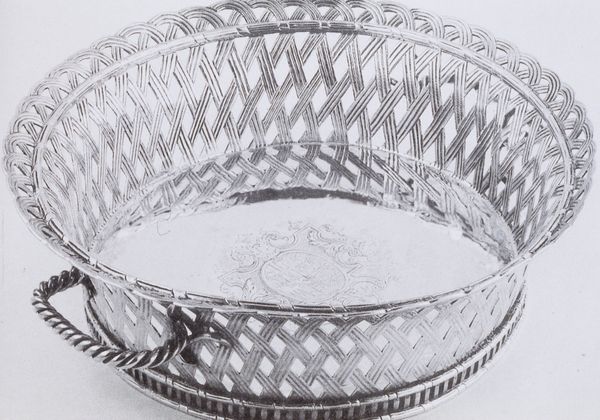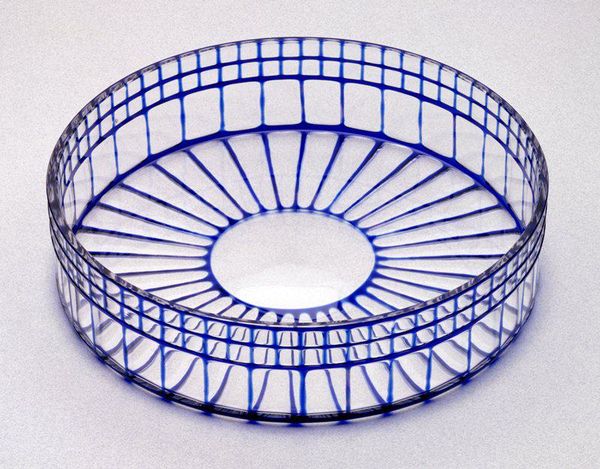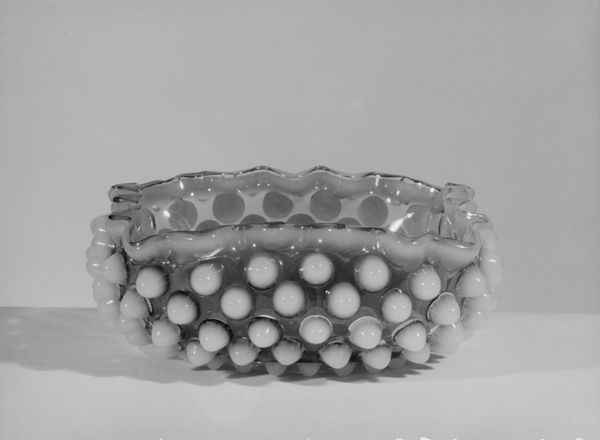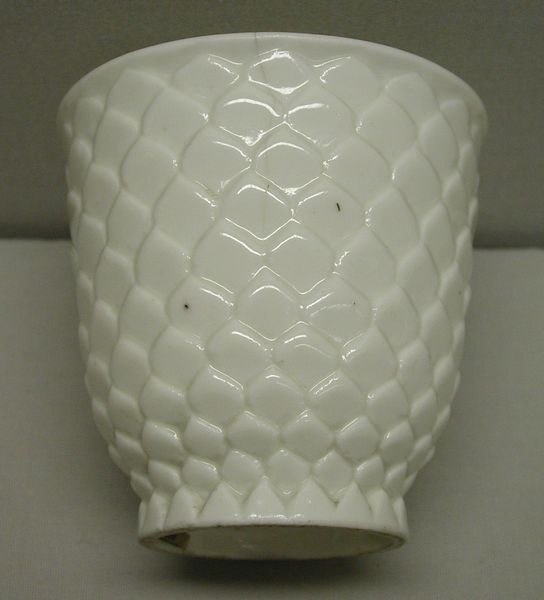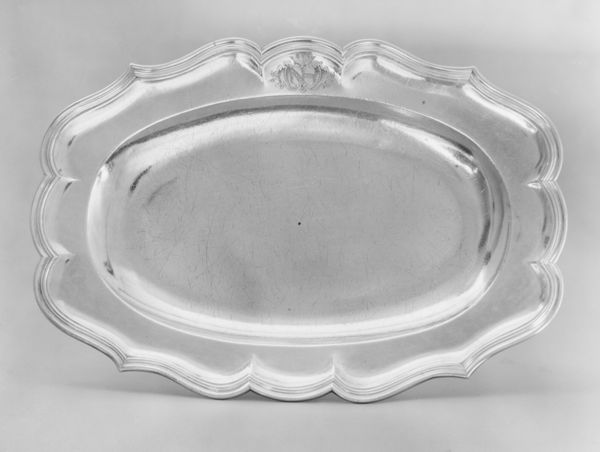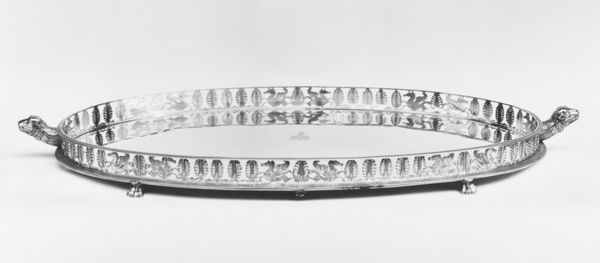
ceramic, sculpture
#
decorative element
#
ceramic
#
sculpture
#
decorative-art
Dimensions: Overall: 3 3/8 × 13 1/4 × 9 3/8 in. (8.6 × 33.7 × 23.8 cm)
Copyright: Public Domain
Curator: Welcome. We’re looking at an 18th-century ceramic sculpture attributed to Joseph Hannong, a fruit dish now residing at the Metropolitan Museum of Art. What’s your take on it? Artist: Well, it makes me think of fancy picnics! I mean, it's so delicate. You can almost hear the rustle of linen and the clinking of silverware in a sun-dappled garden. I love the woven, almost basket-like pattern. Curator: Absolutely. When situated in its historical context, you see it speaks volumes about social stratification, doesn't it? Decorative objects like this affirmed the status of the wealthy during a time of enormous societal inequality. This isn’t just a pretty object; it's a marker of privilege. Artist: Right, right, but it also screams skill! Imagine the craftsmanship. Someone actually sat down and patiently created that intricate lattice design from…clay! It's mesmerizing. To me it also expresses something about that era’s aesthetic desires: delicate, almost ethereal objects were prized. Curator: It also says much about trade and empire, too. While delicate to us now, the resources used would most likely have traveled long distances, implicating complicated global circuits. Ceramics held immense symbolic weight. What was deemed “tasteful” directly tied to these exploitative exchanges. Artist: It is both beautiful and burdened by history. The very act of making beauty becomes problematic. I find myself wondering who this bowl would’ve served, what types of fruits were in it, and what was the conversation around it? Curator: Considering its life through those layers is essential. It's a lens into 18th-century hierarchies. It speaks softly of course, but these objects become powerful when placed in conjunction with texts from those periods. Artist: True. Well, despite the complicated past, I must admit it still whispers charm. Curator: I agree. It is about seeing beyond the object, into a fuller understanding. Artist: Exactly! And by understanding its historical footprint we better contextualize ourselves today.
Comments
No comments
Be the first to comment and join the conversation on the ultimate creative platform.
